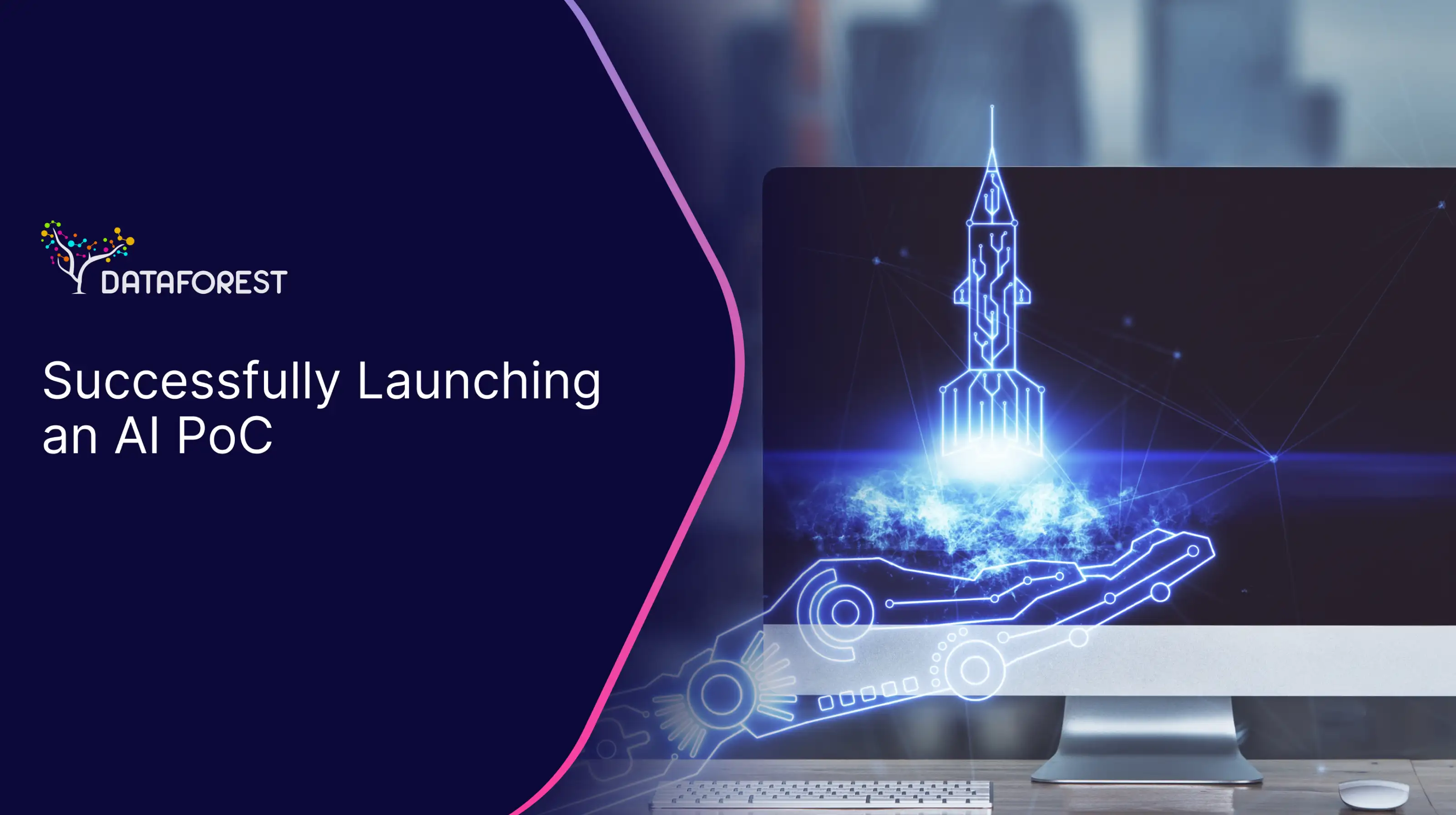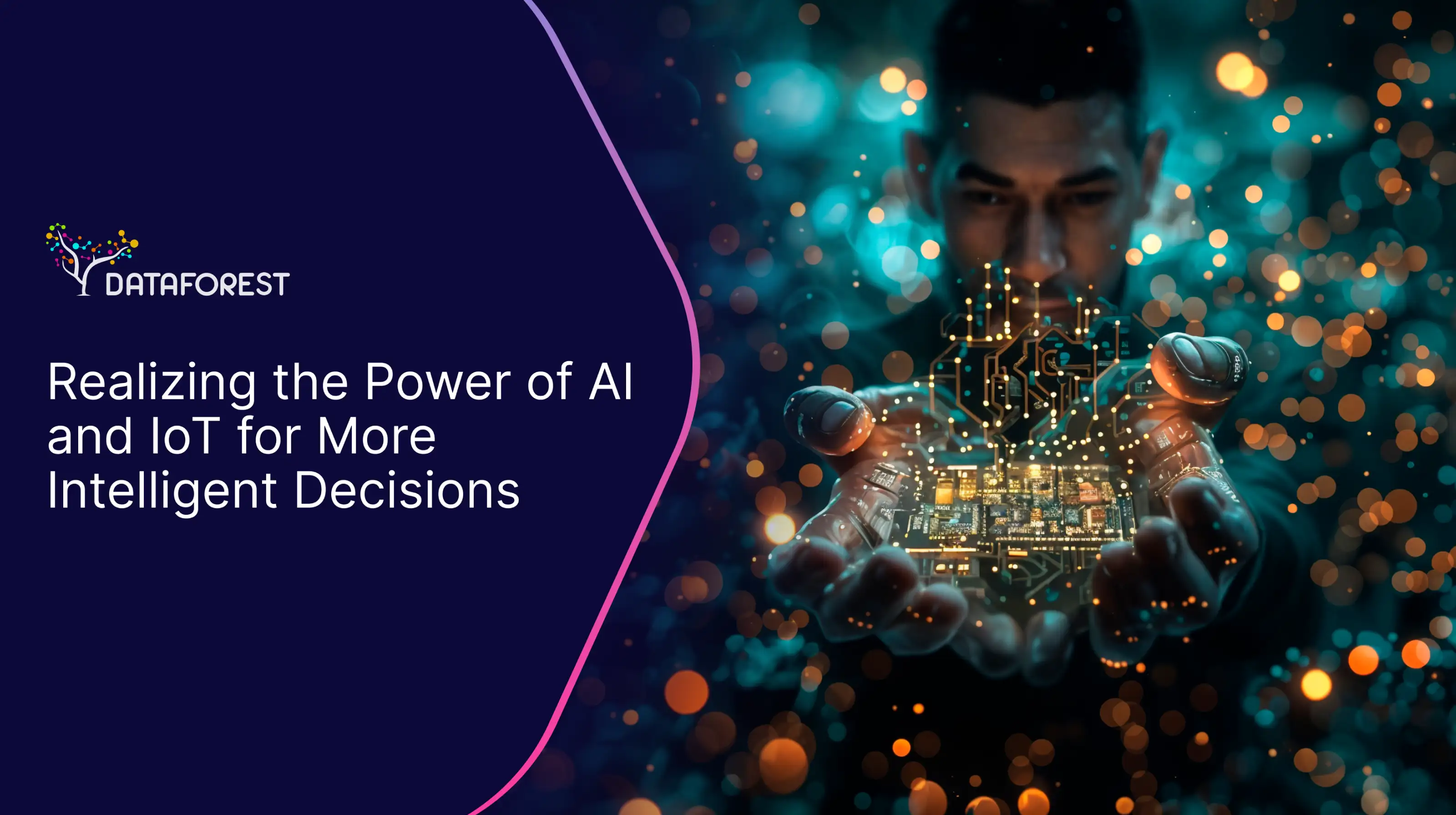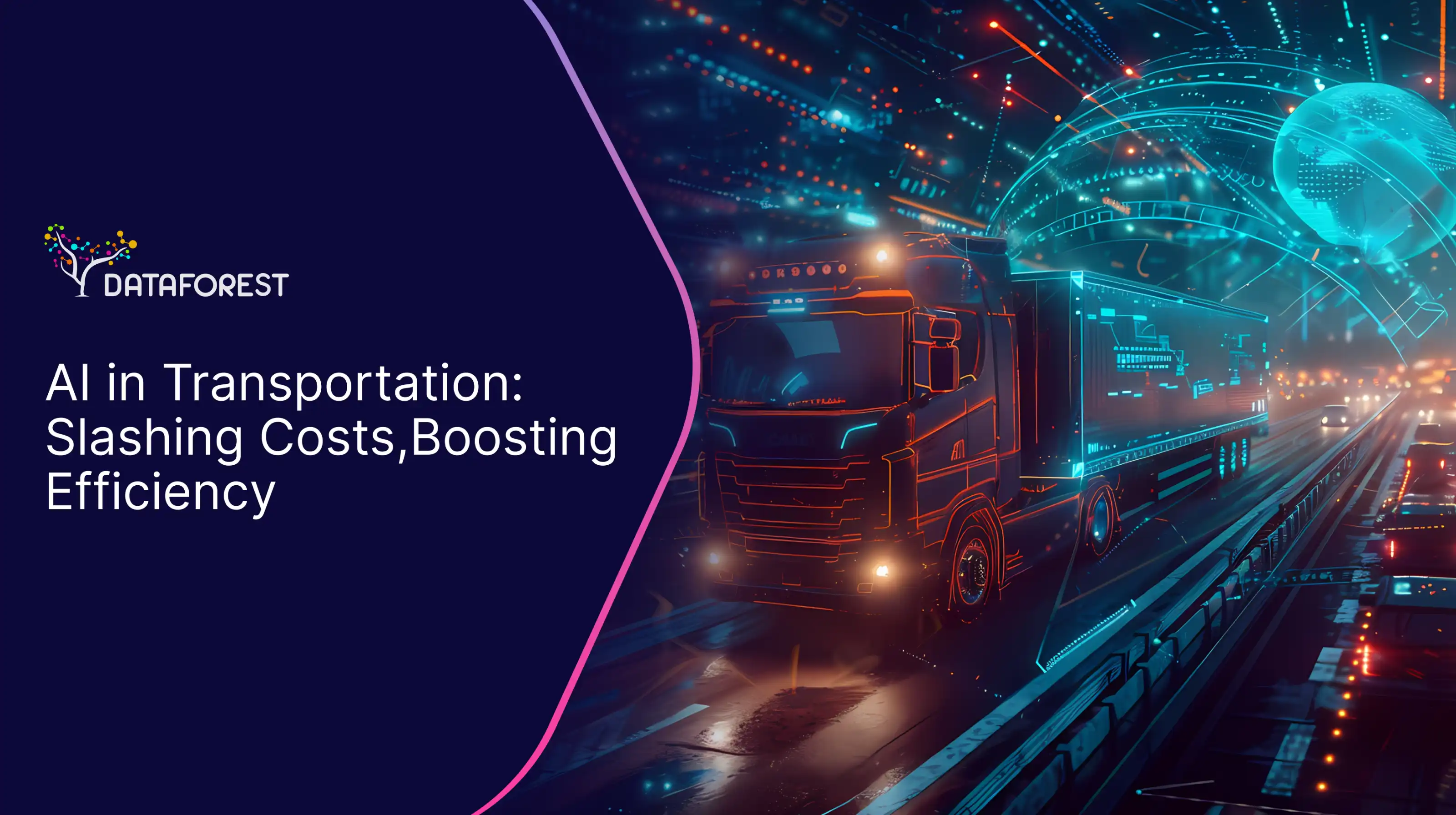The Inevitable Shift: From Digital-First to AI-Native
We're standing at a strategic inflection point, the kind that feels a lot like the dawn of the internet. For tech companies, the conversation around Artificial Intelligence in Tech is no longer about simple digital transformation; it's about a seismic shift to an AI-native paradigm. Integrating generative AI isn't just about adding a feature; it's a fundamental rethink of the entire product lifecycle, from initial concept to final delivery. Those once-secure competitive moats are evaporating, eroded by a single imperative: deep, embedded intelligence.
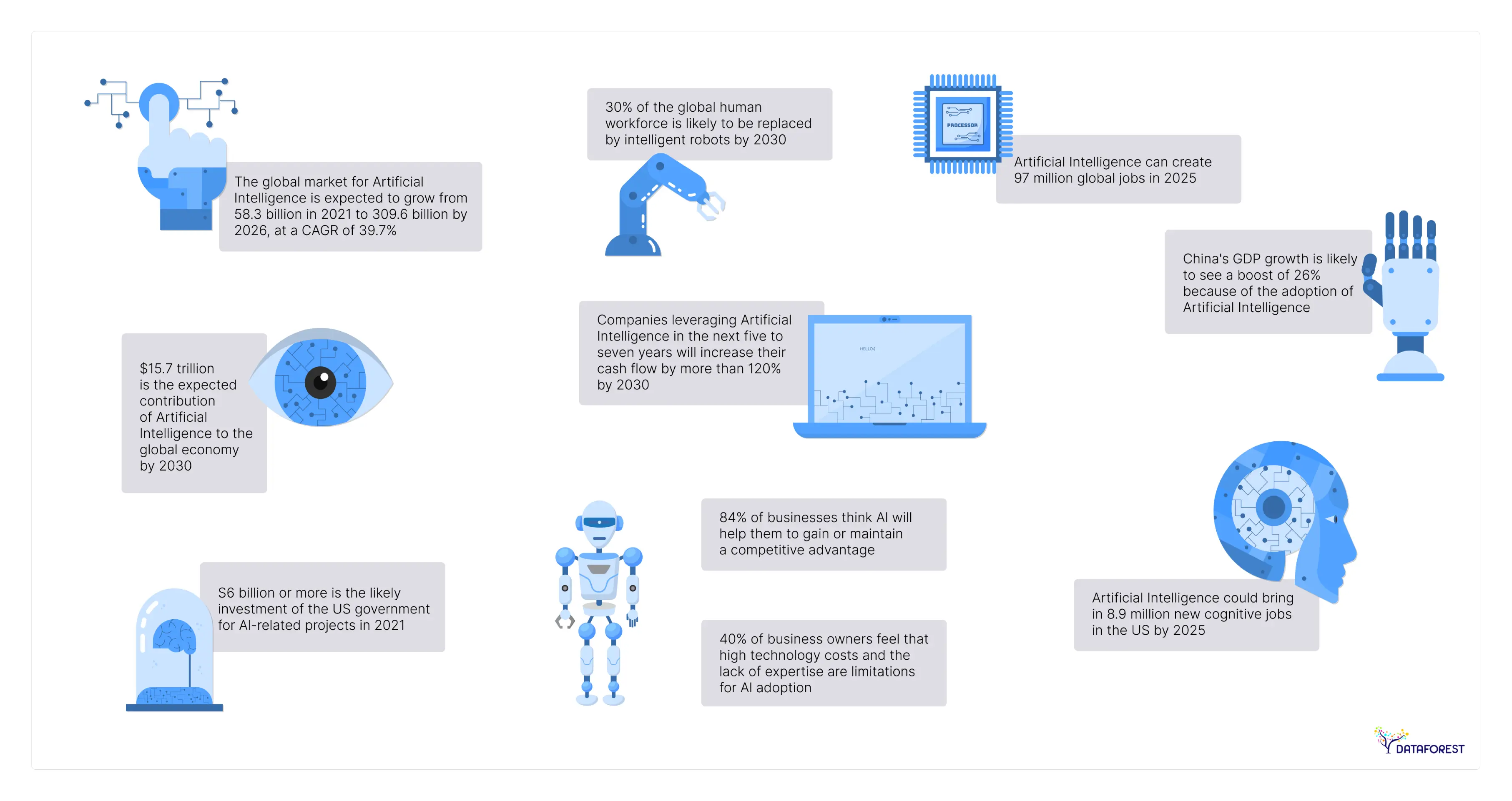
"Tech woke up and enabled a lot of things that were obvious," said Erik Brynjolfsson, a professor at the M.I.T. Sloan School of Management, in a recent email, as he watched decades-old markets and processes change completely in a matter of days. "If companies drag out their adoption," he added, "they won't just lose ground — they'll become a footnote in some Harvard Business School case study about why organizations fail to adapt." This piece breaks down the ten strategic drivers that make this integration necessary, cutting through the fluff to the bottom-line benefits.
Typical Business Struggles in an Overcrowded Tech Space
Before we can appreciate those solutions, it's essential to be brutally honest about how even the best tech firms are struggling with ever more serious problems. This is particularly true for leaders of AI for SaaS platforms. While the surface-level symptoms might vary, the root causes are remarkably consistent: the crushing volume and maddening complexity of modern data.
Data Inefficiency and Lack of Automation
Most tech companies are swimming in data but starved for insight. Terabytes of user data, support logs, and market intel are locked away in siloed databases, overwhelmingly unstructured and difficult to access. The manual effort to clean and analyze this information creates a massive operational drag. Development teams burn cycles on repetitive coding while marketing struggles with personalization at scale. This deep-seated reliance on manual processes doesn't just inhibit growth—it ties your most valuable human capital to tasks intelligent systems could execute flawlessly.
The Impact on Scalability and Decision-Making
This data paralysis doesn't stay confined to the server room; its consequences bleed directly into the most vital functions of the business. Scalability stops being an exciting goal and becomes a constant, grinding battle against rising operational costs. As your user base expands, the headcount for support, analytics, and content creation grows in lockstep, eating directly into your margins.
Even more critically, this data bottleneck cripples strategic decision-making. In a market that moves at the speed of light, "decision latency"—the agonizing gap between data collection and actionable insight—can be a fatal flaw. Guiding your roadmap by last quarter's reports means you're always playing defense in a game that rewards offense.
How Generative AI Solves Core Business Challenges
Generative AI is a uniquely powerful catalyst for cutting through these deep-seated operational issues. Its almost uncanny ability to understand, generate, and reason with unstructured data provides a direct countermeasure to the chaos of data overload. Here's why its integration has become a non-negotiable strategic imperative.
Automating Data Analysis and Customer Service
1. Extracting Actionable Intelligence from Dark Data (or data you already own). Let's face it: 80-90% of all enterprise data is unstructured -- it's locked in emails, chat logs, PDFs. It's effectively "dark data." Generative AI models are how you have access to the key to that value. They can consume, interpret, and organize all that chaos into sensible, useful information. According to a McKinsey report, this technology could automate 60-70% of decision-making based work, allowing humans to focus on higher-value strategic work.
2. Levelling up customer support by Sentient Automation: Let's be real for a second – old-school chatbots suck because they lack flexibility and are slaves to a script. Contemporary chatbots for support automation, especially those offered as a service by companies like DATAFOREST, are an entirely different ballgame. They can understand user intent, remember past conversations, and even tap into a knowledge base to offer support that feels nuanced and truly human. This doesn't just cut support costs but lifts customer satisfaction scores.
Enhancing Personalization with AI
3. Hyper-Personalization at Unprecedented Scale: True customer experience personalization involves tailoring the entire product journey—the UI, the recommendations, the in-app messaging—to the unique behaviors, preferences, and intent of each individual user. Historically, this has been an impossible dream at scale. Generative AI makes it a reality. For businesses in hyper-competitive sectors like E-commerce, this capability is a powerful differentiator that directly serves to increase conversion rates.
4. Dynamic and Context-Aware Content Generation: Tech products demand a relentless stream of content: UI microcopy, onboarding tutorials, and marketing materials. Generative AI can automate the creation of this content, ensuring it's high-quality and dynamically tuned to the user's context, which in turn accelerates go-to-market timelines.
Real-Time Data Optimization with AI Models
5. Predictive Analytics and Proactive Intervention: This is about shifting from a 'break-fix' mentality to a predictive one. By constantly scanning real-time data streams, generative AI can identify subtle patterns that predict future outcomes. It acts as a sort of early-warning system, flagging a customer at risk of churning or forecasting a spike in demand for a new feature. It's the difference between driving by looking in the rearview mirror and having a GPS that sees the traffic jam five miles ahead.
6. Intelligent Business Process Optimization: Generative AI can be deployed to streamline incredibly complex internal workflows. By integrating AI into existing CRM and ERP systems, companies can automate tedious report generation and even get suggestions for optimal resource allocation through sophisticated workflow automation.
Use Case Examples of AI Solutions in Tech
7. Accelerating R&D and Developer Productivity: The explosion of AI-powered coding assistants is a perfect example of AI-assisted product development. Tools like GitHub Copilot dramatically increase developer velocity. Forward-thinking companies are now developing their own internal AI Copilot solutions to gain an even sharper competitive edge.
8. Developing Novel AI-Native Products and Revenue Streams: However, the real game changer isn't just making current products better, but inventing totally new categories of them. These are AI Products in which AI is the value proposition, and not just a feature. See what Morgan Stanley achieved with its own A.I. platform for its financial advisers. According to Forbes, the platform offers instant curated insights, demonstrating what AI in financial services can achieve in creating a competitive edge. It is this level of Product Innovation, driven by bespoke AI solutions, that truly disrupts markets.
9. Proactive Security and Threat Intelligence: In the world of cybersecurity, generative AI can analyze threat intelligence feeds and spot anomalous network behavior that a human might miss. This proactive posture is no longer optional for protecting company and customer data.
10. Democratizing Data Science and Analytics: Generative AI empowers non-technical users to query complex datasets with simple, natural language. This dismantles data silos and fosters data-driven decision making across the entire organization.
A Step-by-Step Guide to AI Product Integration
Let's be clear: a successful AI product integration isn't a weekend project. It demands a methodical, iterative approach—a marathon, not a sprint.
Assessing AI Readiness and Defining Business Goals
Before a single line of code is written, you need to conduct a thorough, honest audit. Evaluate your data maturity—is your data clean and accessible? Then, identify a specific, high-impact business problem to attack. The goal must be tied to a measurable KPI, like reducing ticket resolution time by 30%.
Selecting the Right AI Tools and Partners
The AI landscape is a dizzying maze of options. The critical choice lies between leveraging public APIs or engaging an expert partner like DATAFOREST to fine-tune models on your proprietary data. The latter path gives you the deep machine learning integration expertise needed to avoid costly pitfalls.
Customizing AI Models for Your Needs
A real competitive advantage doesn't come from using the same off-the-shelf tools as everyone else; it comes from customization. This is achieved through advanced techniques like fine-tuning or Retrieval-Augmented Generation (RAG). Developing these custom generative AI models is the only way to ensure your outputs are consistently accurate and on-brand.
Building Microservices for Specific Tasks
Instead of attempting a risky, monolithic integration, the smarter approach is to build AI-powered microservices dedicated to single tasks. This modular architecture allows for much faster development and easier maintenance. Real-world implementations, such as real-time AI voice agents, vividly demonstrate the power of this focused strategy.
Ensuring Scalable AI Solutions
To deploy generative AI in products at enterprise scale requires a solid foundation of MLOps (Machine Learning Operations). This requires the right infrastructure, constant monitoring for performance drift, and solid governance frameworks.
Overcoming Challenges in AI Adoption
The path to a successful AI integration is, without question, littered with obstacles. Acknowledging them and planning for them is what separates the success stories from the cautionary tales.
Addressing Data Quality Issues
Poor data quality is the single biggest reason AI projects fail. Before anything else, you must invest in data hygiene.
Ensuring Compatibility with Legacy Systems
Touching a legacy system can be terrifying. That's why, for enterprise generative AI integration, an API-first strategy is non-negotiable. Instead of a risky, all-or-nothing overhaul, you build nimble AI microservices that communicate with your existing systems via APIs, enhancing them without breaking them.
Bridging the Expertise Gap in AI Integration
There is a severe global shortage of talent with deep, practical experience in applied AI. Strategic partnerships are no longer just an option; they're invaluable. Collaborating with specialists like those at DATAFOREST provides instant access to top-tier talent and dramatically accelerates your entire development lifecycle.
The Urgency of Adopting Generative AI
The window of opportunity to gain a first-mover advantage with this technology is closing faster than most leaders realize. This is no longer an exploratory tool; it's a foundational element of the new tech stack.
Staying Ahead of Competitors with AI Solutions
According to a Boston Consulting Group survey, a full 89% of executives now rank AI as a top priority. Companies that successfully implement generative AI will forge a defensible competitive moat built on smarter products and hyper-efficient operations. The gap between these leaders and the laggards won't be incremental; it will be exponential.
Improving Efficiency and Customer Experience with AI
The two most powerful levers for any tech company leveraging AI for Business are operational efficiency and customer experience. Generative AI provides a massive boost to both, simultaneously driving down costs through automation while unlocking new revenue streams through deep personalization.
From Strategic Imperative to Tangible Reality
The conclusion here is inescapable: generative AI integration has moved from 'nice-to-have' to the definitive strategic imperative. The ten drivers detailed in this article are not theoretical—they represent tangible, achievable opportunities for value creation. The journey starts not with a massive budget, but with a candid assessment and a focused strategy. The window for debate is closed. The time to build is now. The future of tech will be defined by those who embed intelligence into the very core of their software.
Frequently Asked Questions
Is Generative AI suitable for B2B as well as B2C platforms?
Absolutely. While B2C applications are well-known, B2B use cases are equally compelling. Think AI-enhanced CRM systems, intelligent contract analysis, automated technical documentation, and smarter supply chain optimization. The core benefits of efficiency and data-driven decisions are universal across all industries.
How can we integrate Generative AI into an existing ERP or internal system without replacing it?
The most effective method is via microservices and an API-first approach. You can develop targeted AI-powered microservices that perform specific tasks and integrate with your existing systems via APIs. This enriches them with AI capabilities without altering core architecture, minimizing risk and enabling an incremental approach to generative AI integration.
How do we ensure that the output from Generative AI is accurate and business-safe?
Addressing this critical concern requires a multi-layered approach. First, using customized models trained on your high-quality data improves accuracy. Second, a Retrieval-Augmented Generation (RAG) framework grounds AI responses in a fact-checked knowledge base. Finally, a "human-in-the-loop" system for sensitive applications ensures critical outputs are validated.
Can Generative AI be used for automating internal operations, not just customer-facing features?
Yes, some of the most significant ROI comes from internal business process optimization. It can automate financial reporting, streamline HR onboarding, manage IT support tickets, and create easily searchable internal knowledge bases. Exploring these applications is a key part of a holistic AI strategy, as detailed on our Data Science blog.
How quickly can a company go from idea to MVP with a Generative AI microservice?
The timeline can be surprisingly fast, often 6 to 12 weeks for an initial MVP. This speed is possible by leveraging pre-trained models and focusing on a single, well-defined use case. The goal of the MVP is to prove the concept's value and gather feedback quickly, allowing for rapid iteration without a massive upfront investment.
What are the risks of adopting Generative AI too late?
What's the real risk of waiting? It's not just missing out on an opportunity; it's a rapid, potentially irreversible slide into irrelevance. While you're deliberating in boardrooms, your competitors who integrate generative AI are shipping smarter products, offering more responsive support, and operating on lower costs. Late adopters will face a widening gap in product quality and efficiency, leading to customer churn and shrinking margins.
How to choose the right AI partner for enterprise-level integration?
Choosing the right partner is crucial. Look for a team whose expertise goes beyond the AI models themselves; they need to live and breathe data engineering, cloud architecture, and MLOps. A genuine partner doesn't arrive with a pre-packaged solution; they show up with questions, ready to dig into your specific business challenges and design custom AI solutions, rather than offering a one-size-fits-all product. You can review a portfolio of their real-world enterprise AI solutions to gauge their experience.


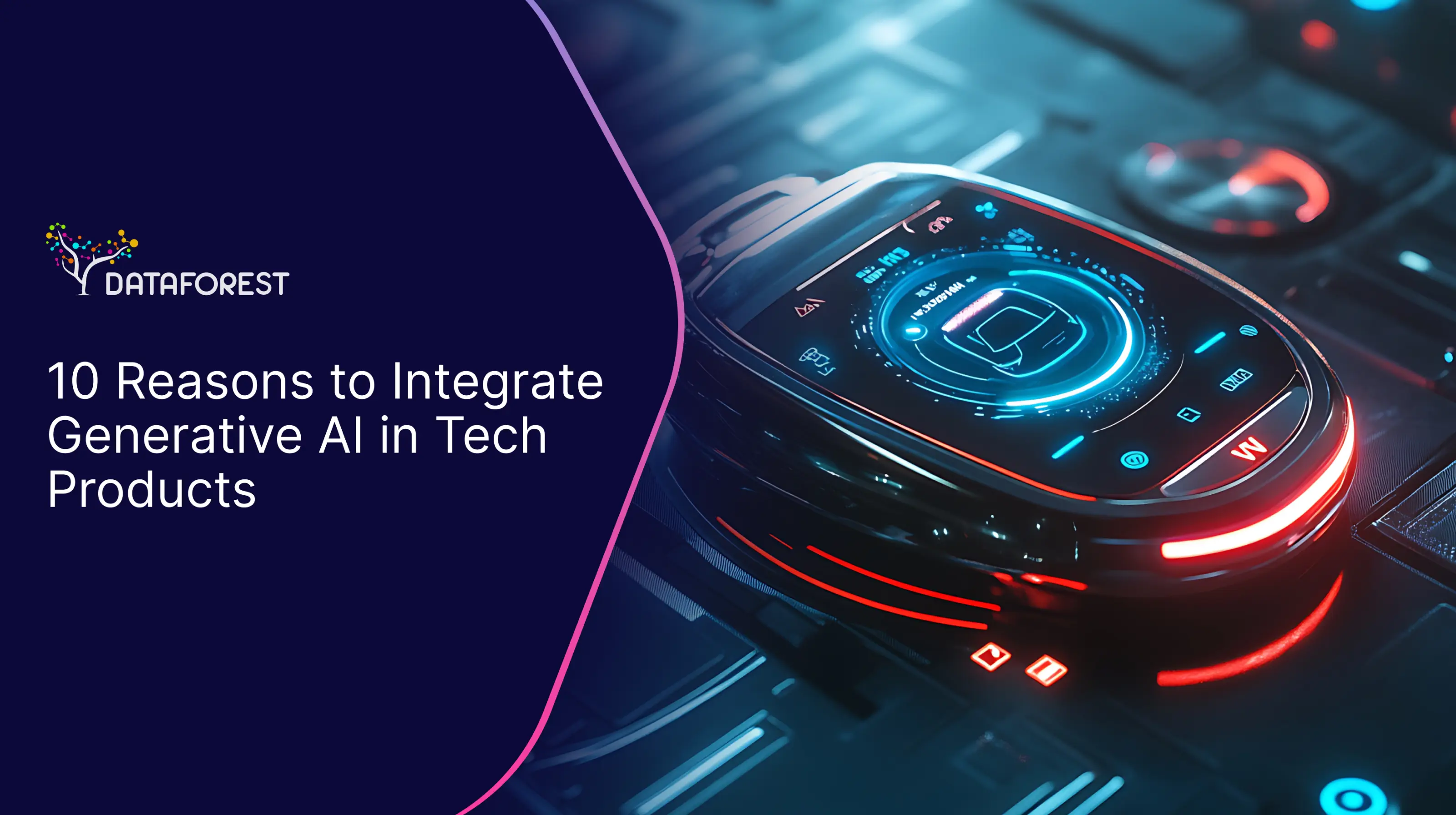


.svg)
.webp)
